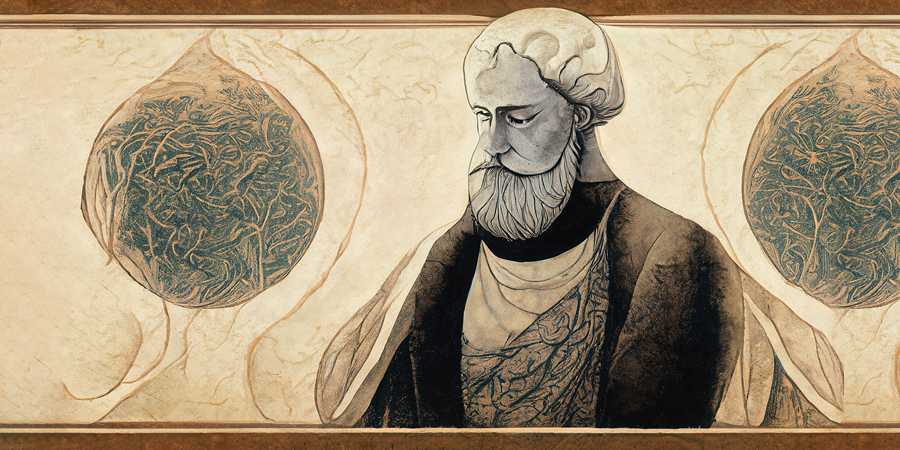The Steps of Making a Book
- 19 Sep 2023

My name is Sarah Jeffery, and I recently released My Favourite Melodies for soprano/tenor recorder and piano, published by Schott. I thought I’d take you with me on the process of creating a book of sheet music like this, and what goes into it. Let’s go…
How did you choose your pieces?
To begin choosing my pieces, I first needed a theme. We settled on my favourite melodies – it does what it says on the tin and enabled me to bring some of my long time favourites to light! I began a long brainstorming session, jotting down pieces or melodies that came to mind.
After a while I had compiled around 20 pieces. We then went through and made some decisions – which pieces worked really well, and which less so? Did we have a good spread of styles and genres? Going into details – did we have a good balance of key signatures, of major/minor keys, of mood and atmosphere? And finally, the order of the pieces – to go in chronological order, or order of difficulty? These are all decisions that need time and consideration.
What is your first step when arranging for the recorder?
My first step when creating arrangements for recorder is to sit down with my instrument and try to figure out the best way to make it sound. The main challenge when arranging for recorder is the range, as this is often smaller than the flute or violin. Choosing the right range and putting phrases up or down the octave can take some experimentation. I try out the notes on the page and take note of where the music goes out of range. Is it a matter of moving a couple of notes up and down, or do I have to transpose a whole phrase, or look for a whole new key?
I notate this as I go, into Sibelius, my notation software. When I’m happy with the notes, I go in and add the other directions such as breath marks, phrasing, ornamentation etc.
Are there any specific difficulties or challenges that come up when arranging for recorder?
The range is an important one, but on the recorder ‘open’ fingerings sound different (and are often less complicated to play) than the more muted ‘forked’ fingerings. Even if a piece is all in range, a tricky time signature may make the fingerings really difficult to achieve, or they may sound too soft. The music could therefore sound much better transposed to a different key. Sometimes I notate it all in Sibelius, then spend some time using the ’transpose’ function to home in on the best key.
This was a consideration in Dushkin’s Sicilienne – to notate in F, with that beautiful low C, but then a fiendishly high second section? Or to notate in a different key that gave a more comfortable tessitura, but then we miss the swooping low notes and shape of the main phrase? In the end we chose a compromise, after a lot of experimentation – an arrangement that preserved the shape of the original melody, but move some octaves around later to make it both possible to play, and to help the dynamics sing.
What was your favourite aspect or favourite part of arranging this publcation?
My favourite aspect of this process was the creativity! I got to dive into my very favourite pieces, and make them into accessible versions for recorder, and that was a really gratifying process.
Part of the publication are backing tracks with harp, piano and harpsichord – I have to say my favourite days were the recording days in the studio. My brilliant colleagues Anne Veinberg (piano), Andrea Voets (harp) and Hayden Hook (audio engineer) were a dream team, and it was glorious to hear all of this music come to life! Some of the pieces are repertoire we don’t often hear on the recorder, such as Clara Schumann, so it was exciting to hear these pieces in a concert hall.
Any advice for anyone interested in arranging but don't know where to start?
When I started arranging for the first time, for a recorder ensemble I was conducting about 18 years ago – I had no idea where to start, as I didn’t really know what arranging was! In this case, it simply means ‘making a playable version for your instrument’. For me the best process is to try it out – so grab your sheet music, or recording, or idea, and try to play it! You will run into the ‘problem areas’ quite quickly. So what needs to be done?
Does the music go out of range, or is the key too tricky? Then you may need to transpose.
Does it not have quite the effect you were looking for? Maybe a bombastic orchestral score doesn’t quite come through on a single recorder, or that heartbreakingly soft high melodic line sounds like a car horn! See if you can exploit the strengths of your instrument in a way that brings out what you like about the original music. Turn one line into arpeggios, write a counter melody, add percussive effects… it’s your arrangement, and your choice!
In the end, making a successful arrangement is the process of making a good sounding, playable version for your instrument, by combining your instrument’s strengths with your own creative vision – and you do that by having a go. Enjoy!






